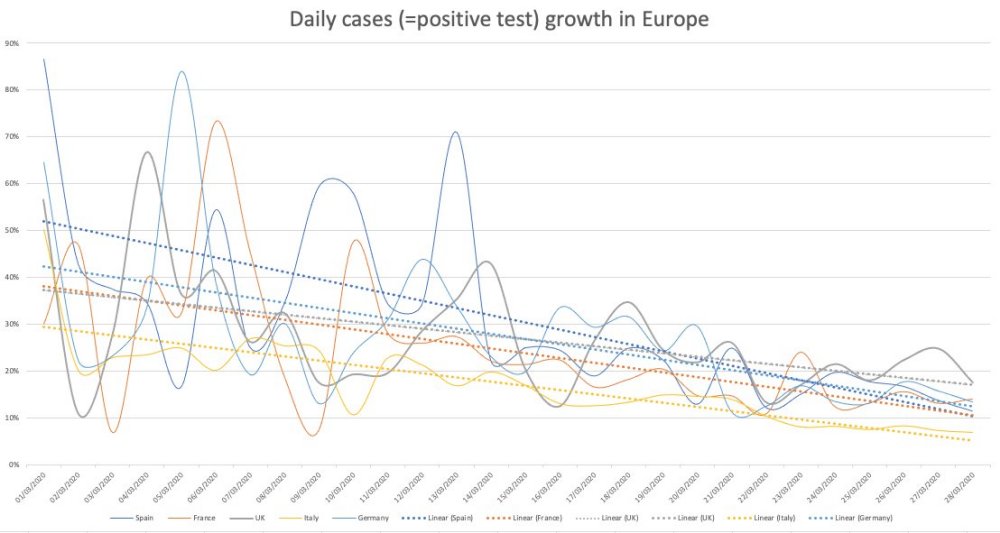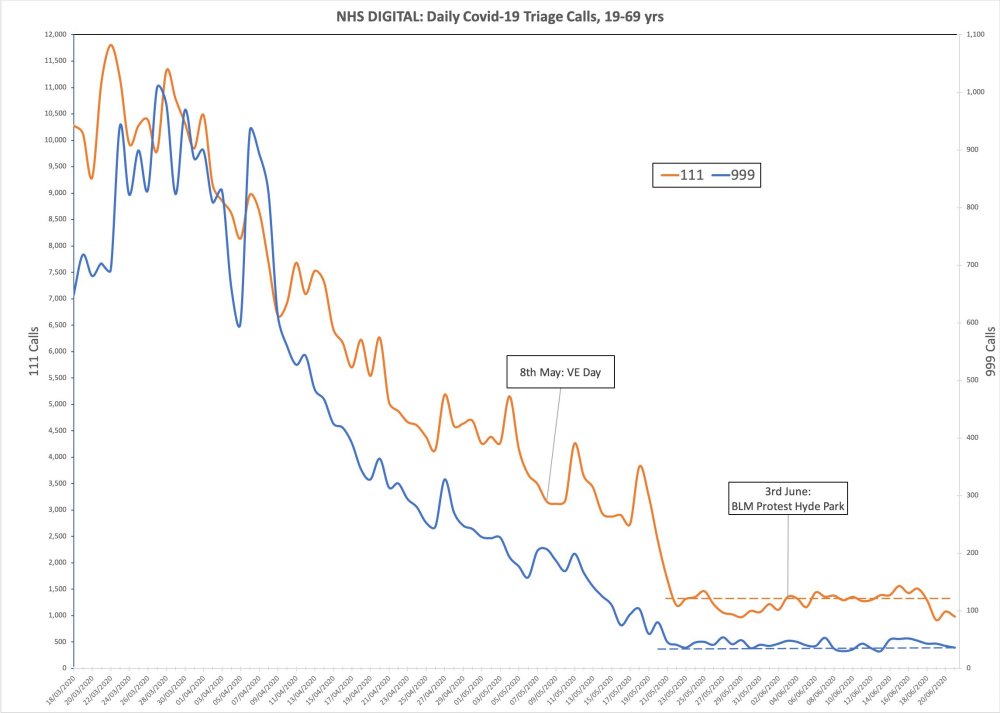Here is the good news: No matter how old you are, you are extremely unlikely to die of Covid-19. Even if a lockdown had not been instituted and no social distancing implemented, and assuming Imperial College’s controversial worst-case scenario estimate of 500,000 deaths, there would have been a 99% likelihood of surviving the pandemic.
This is no bubonic plague. That killed very nearly 30 per cent of the world’s population in the 14th century. Here is some more good news: a lockdown was instituted and social distancing measures are now well entrenched in our behaviour. As a result, the chance of surviving the pandemic is more like 99.9%.
If you are fortunate to be under the age of 45, your chances of dying from the virus are negligible. You are more likely to die from a lightning strike. The Office of National Statistics estimates that only 0.07% of the population in England is currently infected by the virus. That equates to about 35,000 people.
https://www.telegraph.co.uk/politics/2020/08/07/need-covid-reality-check-focus-getting-economy-back/




